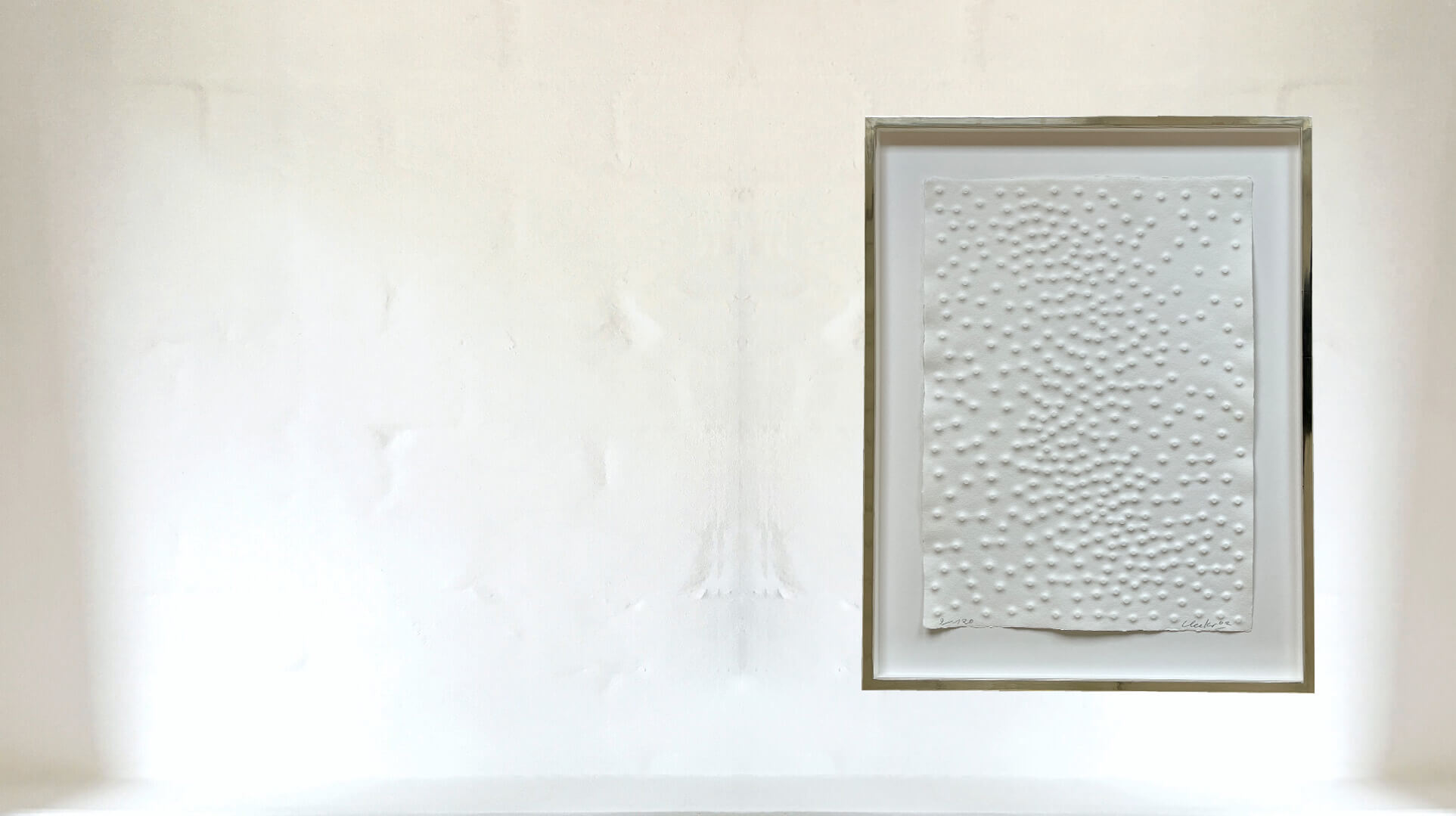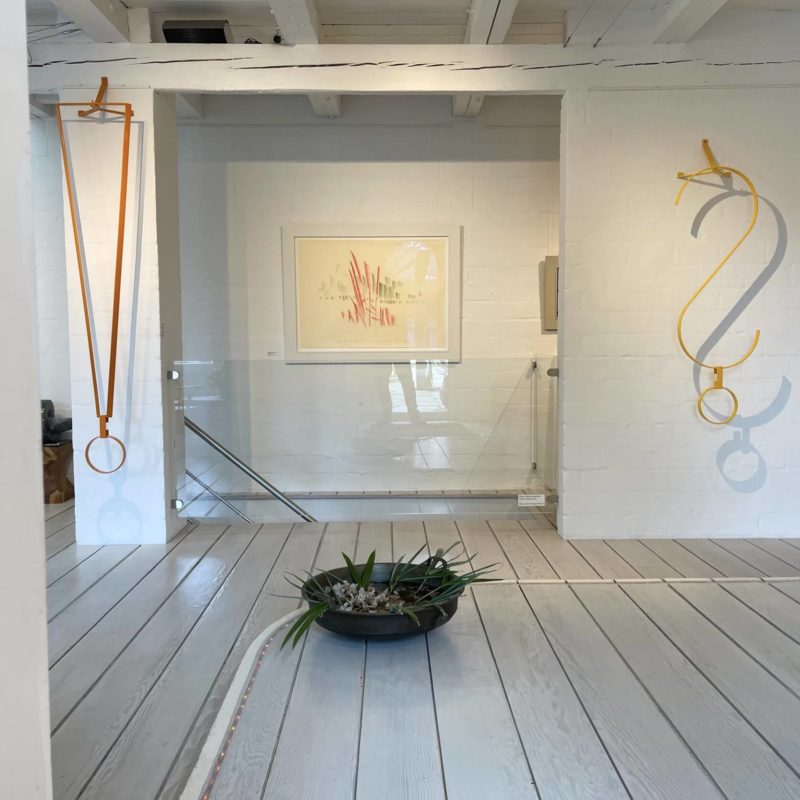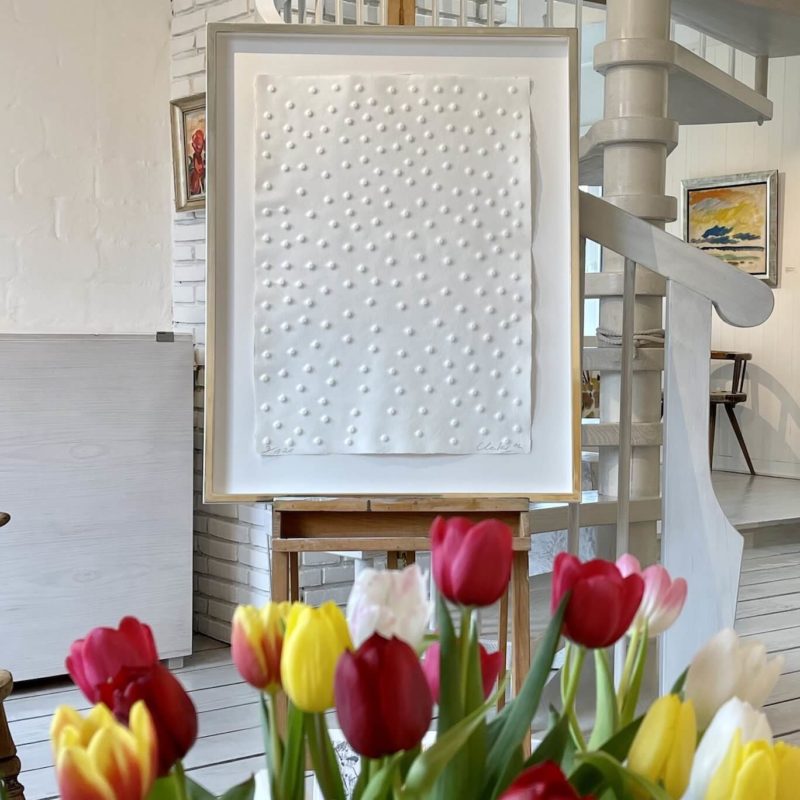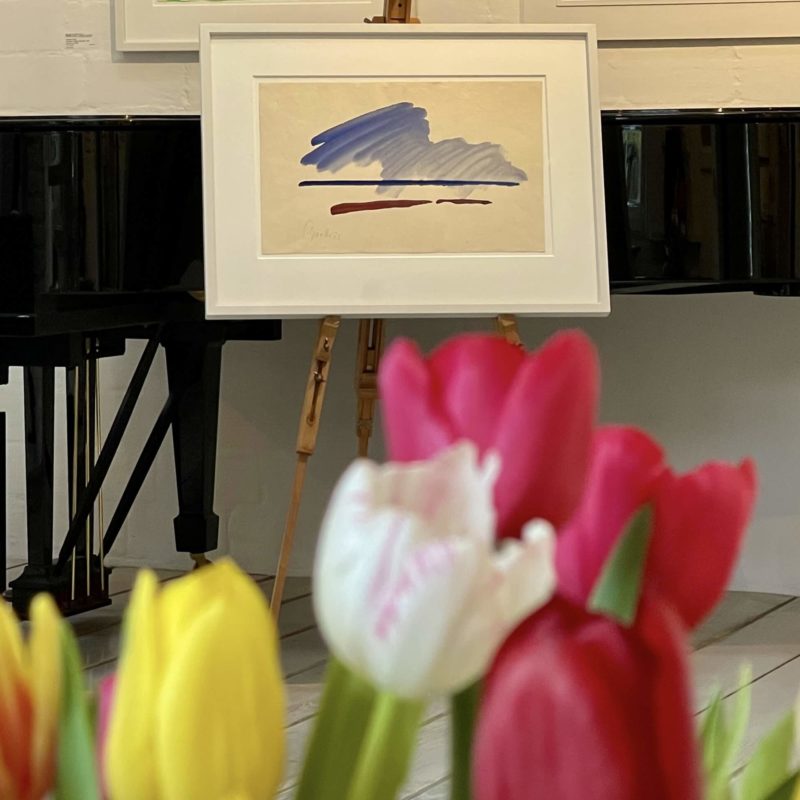
FFA Special Exhibition - Spring 2021
Since Sprotte’s early days, colour was not merely
an object to observe, colour was something that
the viewer must call into being.
Sprotte studied the traditional art of Chinese calligraphy,
at the same time the European early renaissance
layer painting, tempera-oil glazes on wood.
Every art represents development and is subject to
constant change.
Sprotte followed this maxim all his life.
Especially his later work reflects simplification down
to the cipher, the hieroglyph, colour and rhythm in
one brushstroke.
Art historians speak of “Sprottism”.
FFA Special Exhibition - Spring 2021
Since Sprotte’s early days, colour was not merely
an object to observe, colour was something that
the viewer must call into being.
Sprotte studied the traditional art of Chinese calligraphy,
at the same time the European early renaissance
layer painting, tempera-oil glazes on wood.
Every art represents development and is subject to
constant change.
Sprotte followed this maxim all his life.
Especially his later work reflects simplification down
to the cipher, the hieroglyph, colour and rhythm in
one brushstroke.
Art historians speak of “Sprottism”.



